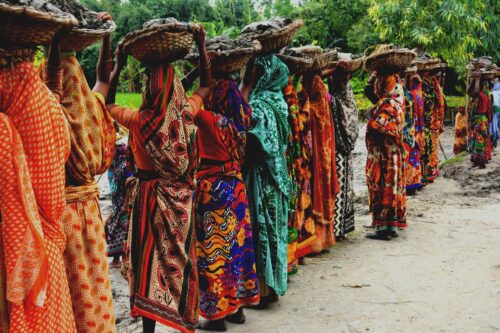What You Need to Know about the Protection of Civilians During U.S. Partnered Operations
The impact of fighting on civilians is particularly acute in urban areas, resulting in the destruction of multiple infrastructures.
The impact of fighting on civilians is particularly acute in urban areas, resulting in the destruction of multiple infrastructures.
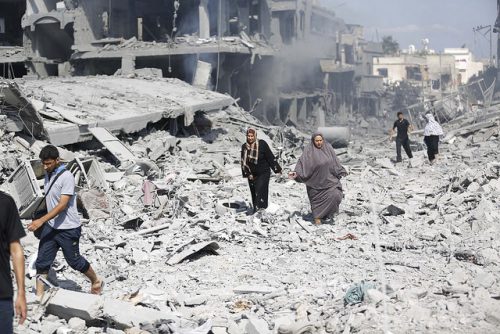
In line with this year’s UN Climate Action Summit on the margins of the United Nations General Assembly (UNGA), this…

This is Part II of “A Hidden Reality,” examining men, boys, and conflict-related sexual violence. Read Part…
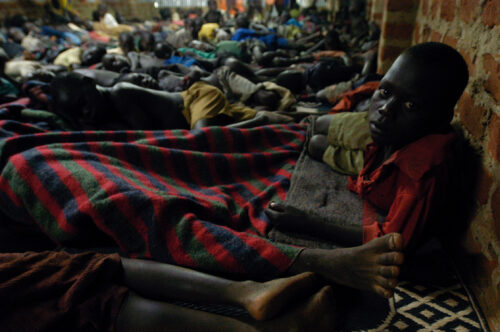
Chemical weapons (C.W.) invoke a unique, inherent fear in people in a way most conventional weapons do not, making…
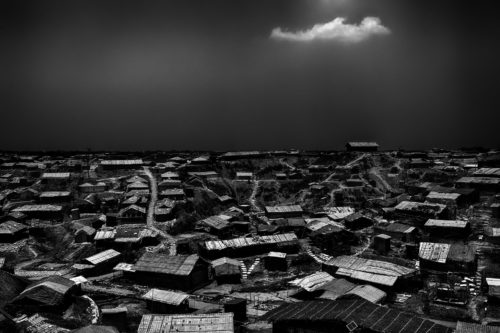
The Central African Republic (CAR) “is now the most dangerous place for humanitarian work” – Jean-Pierre Lacroix, Under-Secretary-General for Peace…
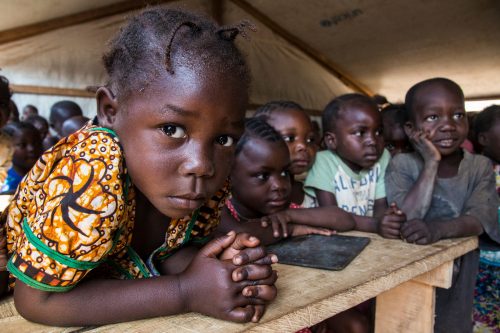
In the Asia-Pacific, the prospect of great power competition—and potential conflict—looms large, threatening to reshape not only geopolitical dynamics but…

Climate change continues to be one of a few main drivers of record levels of displacement and rising humanitarian needs globally. In the face of compounding climate impacts and their evolving effects on humanitarian responses—including impacting supply routes and raising commodity prices—humanitarian actors are considering their role and responsibilities in addressing climate impacts.

In 2019, with the Swedish International Development Cooperation Agency (SIDA) support, InterAction launched a two-year project to develop a…
